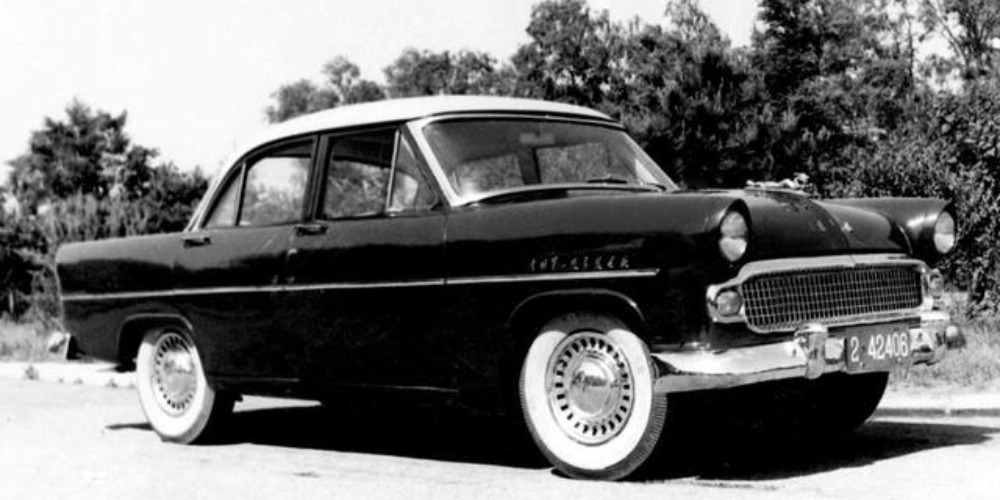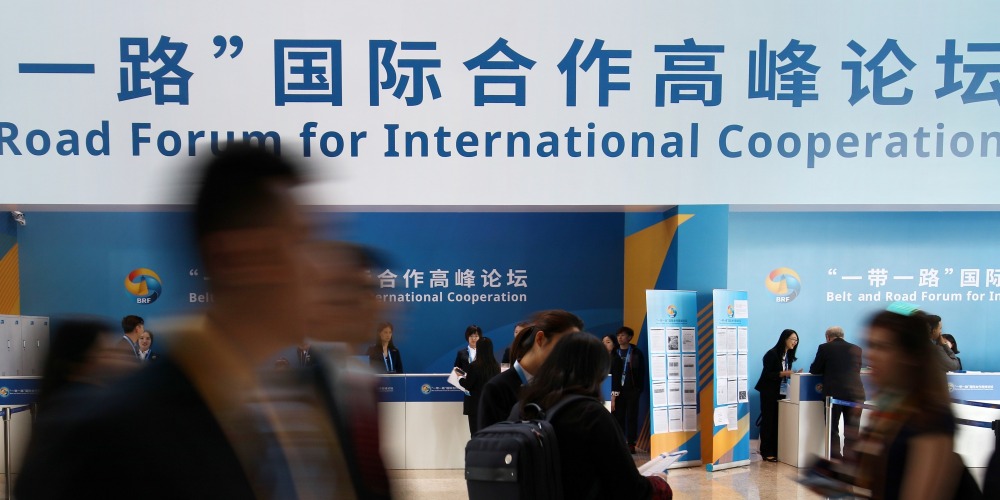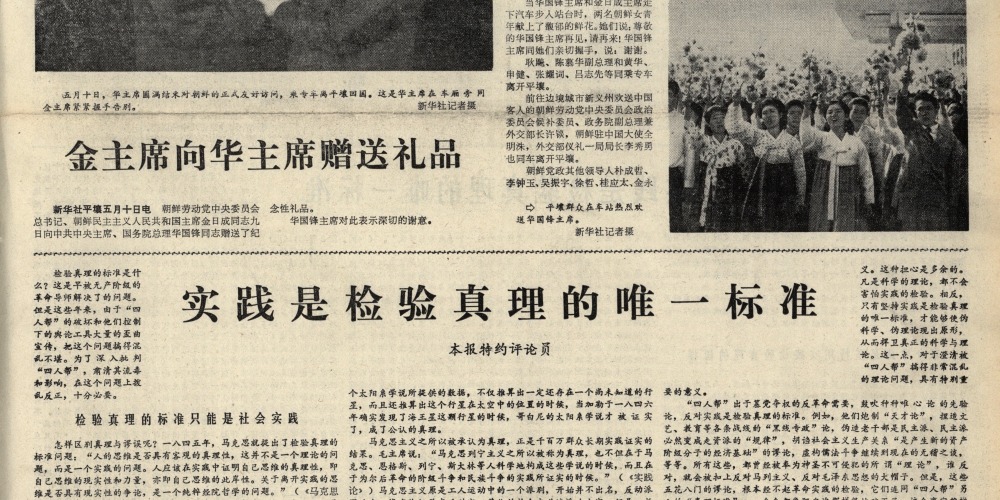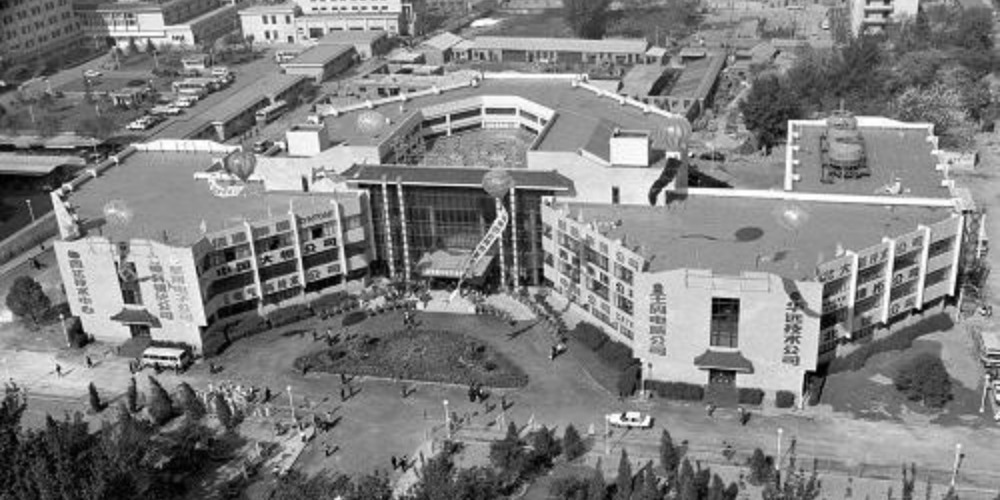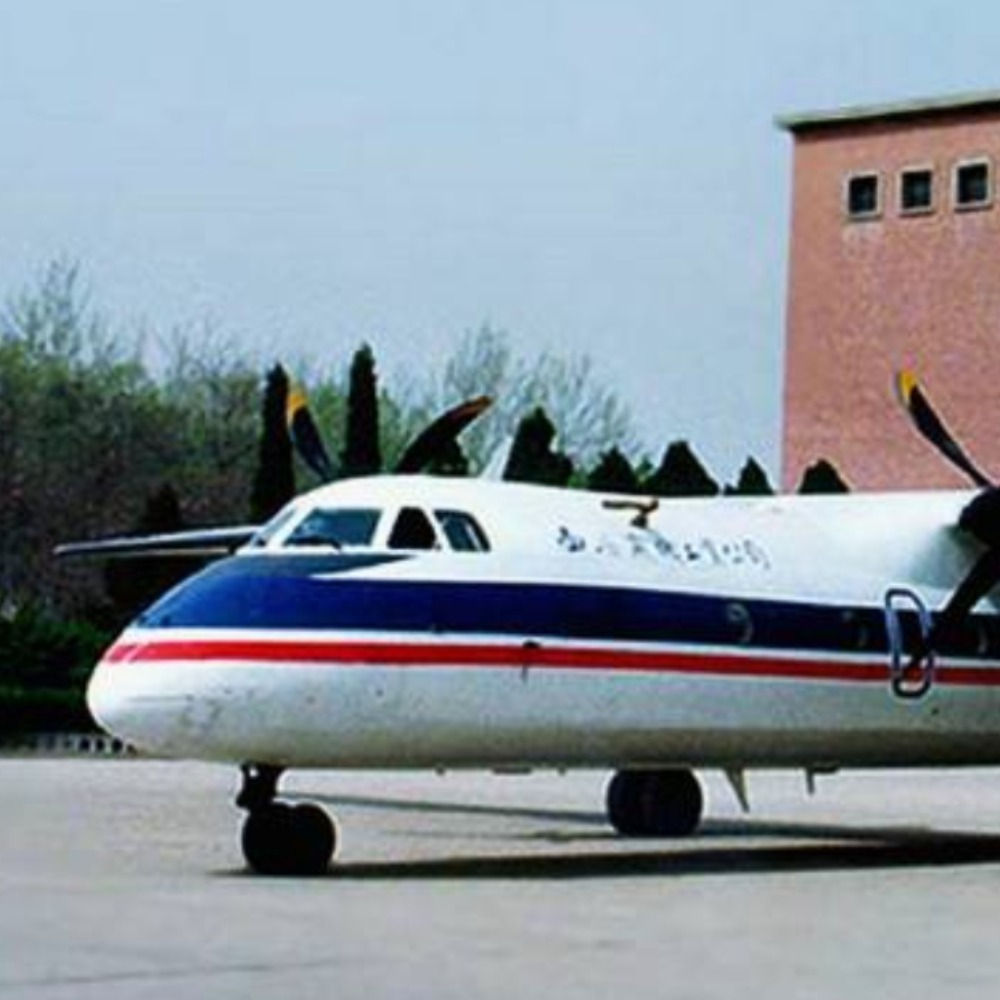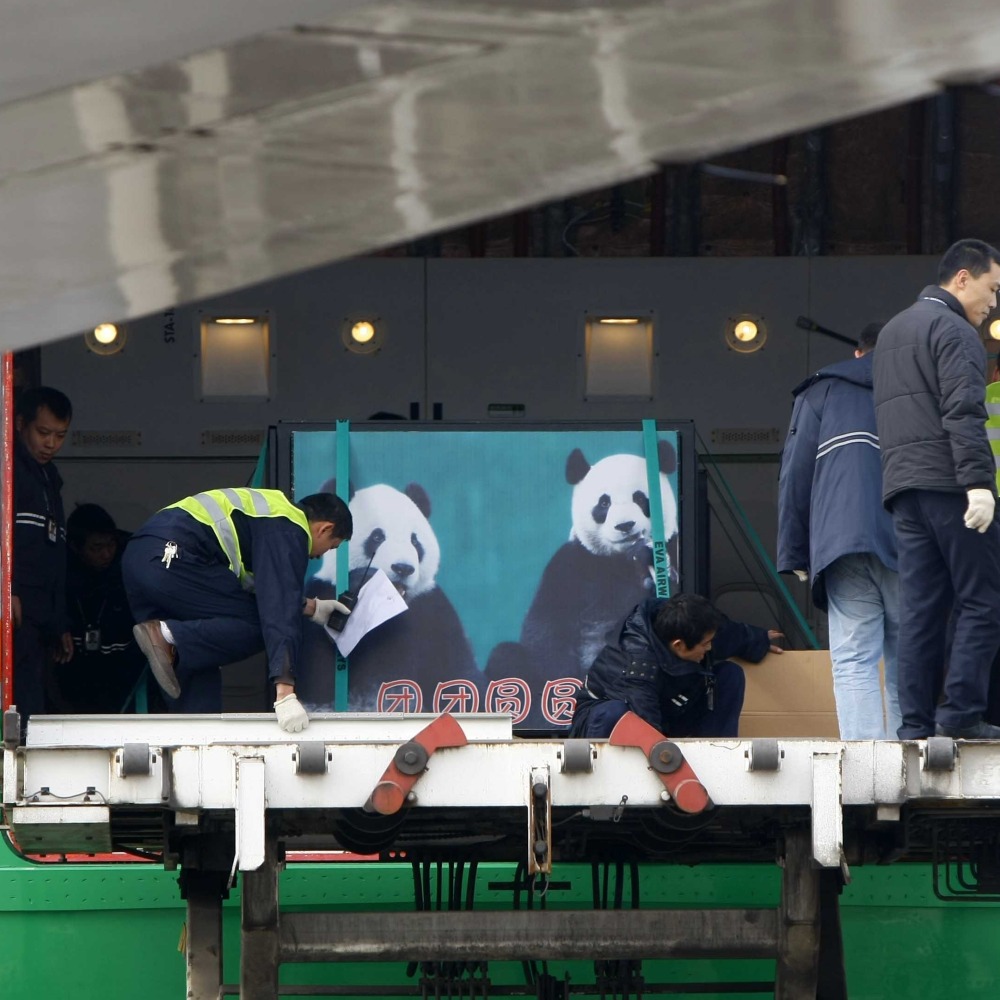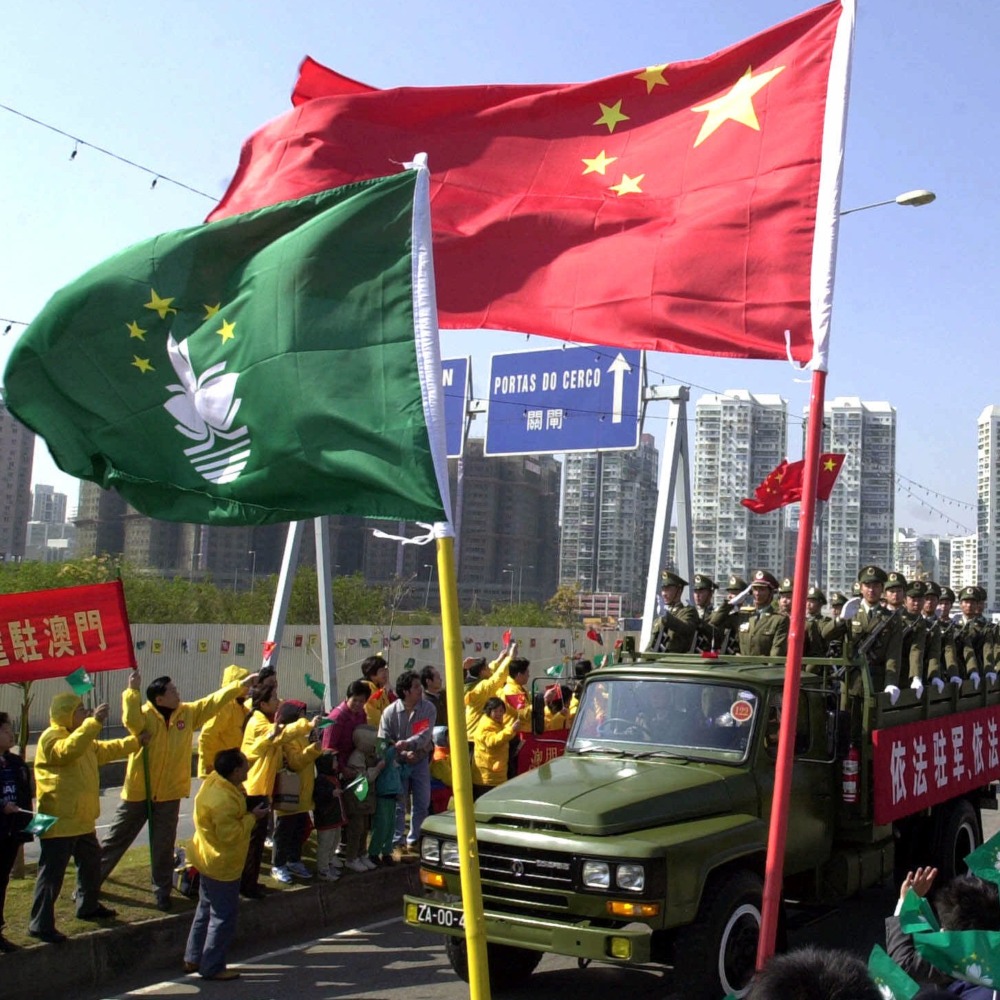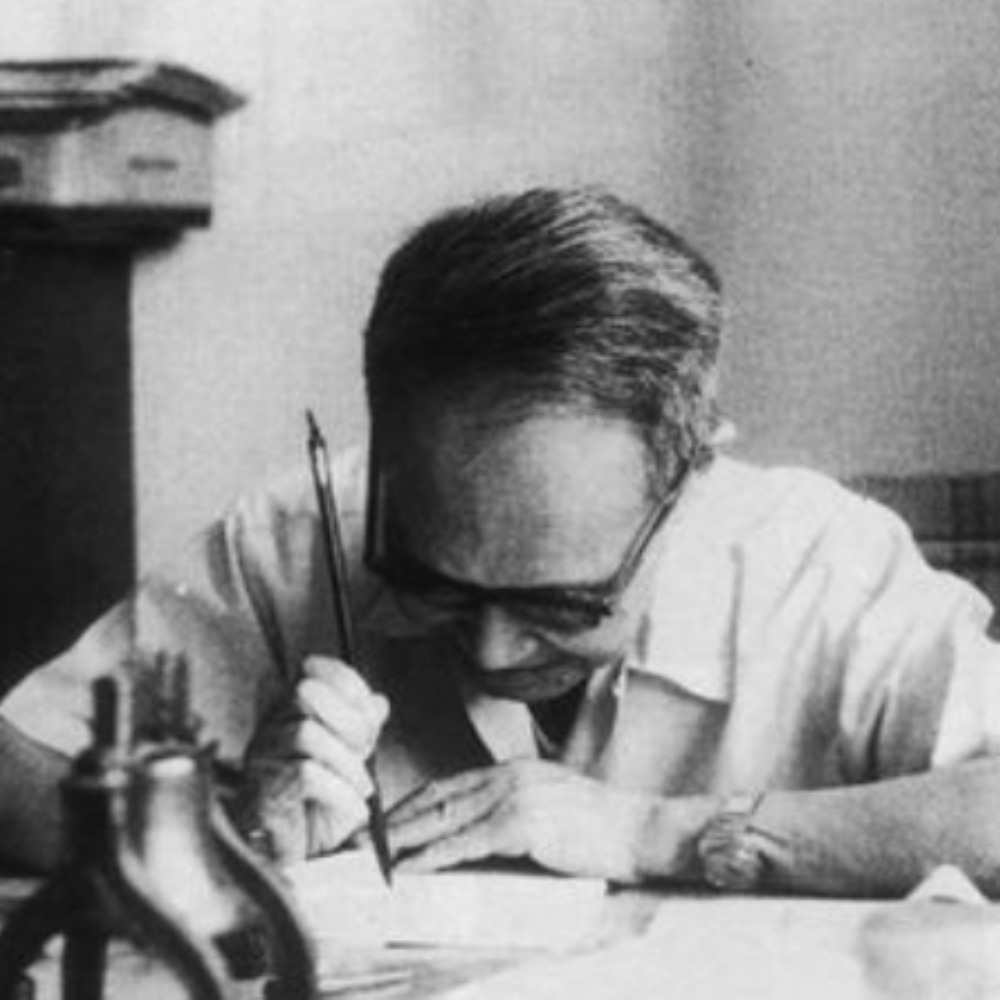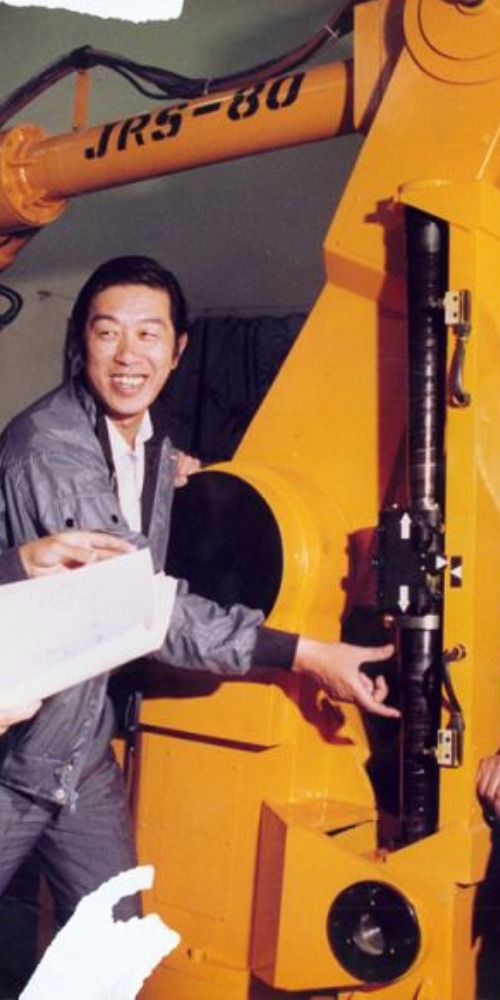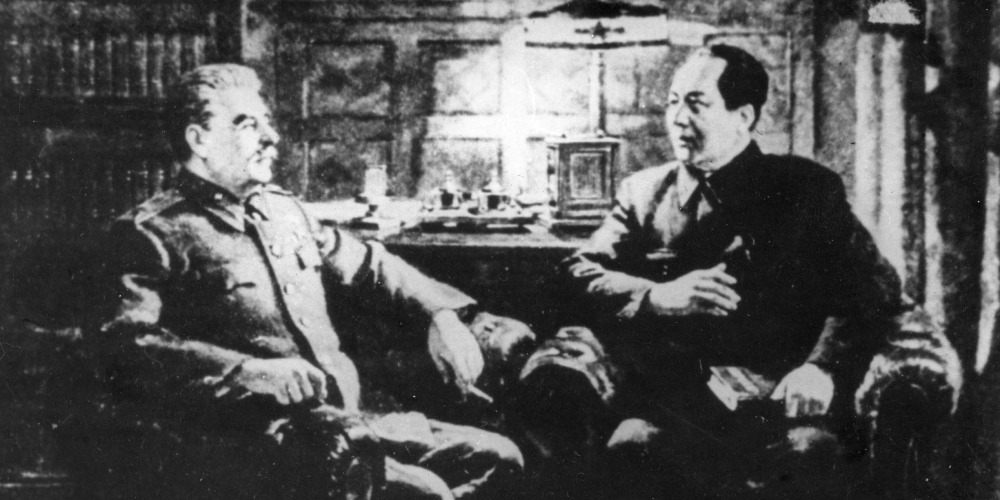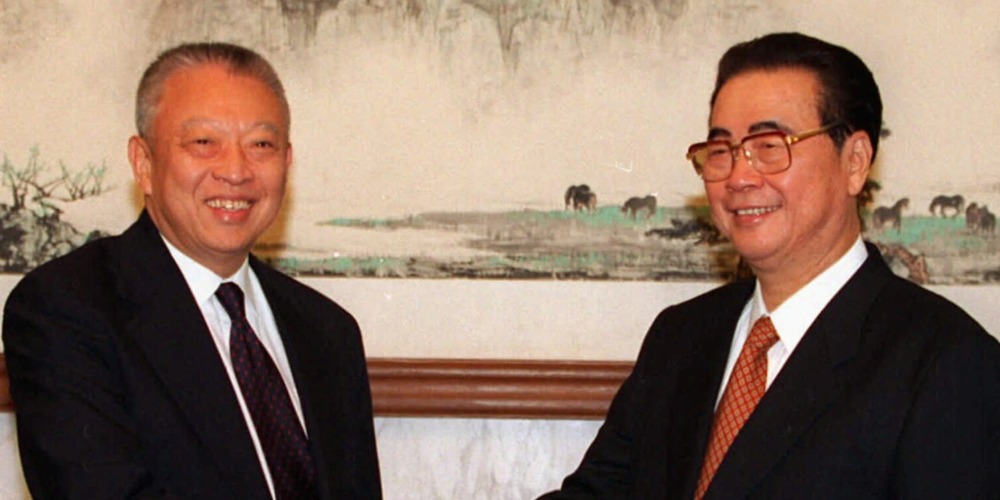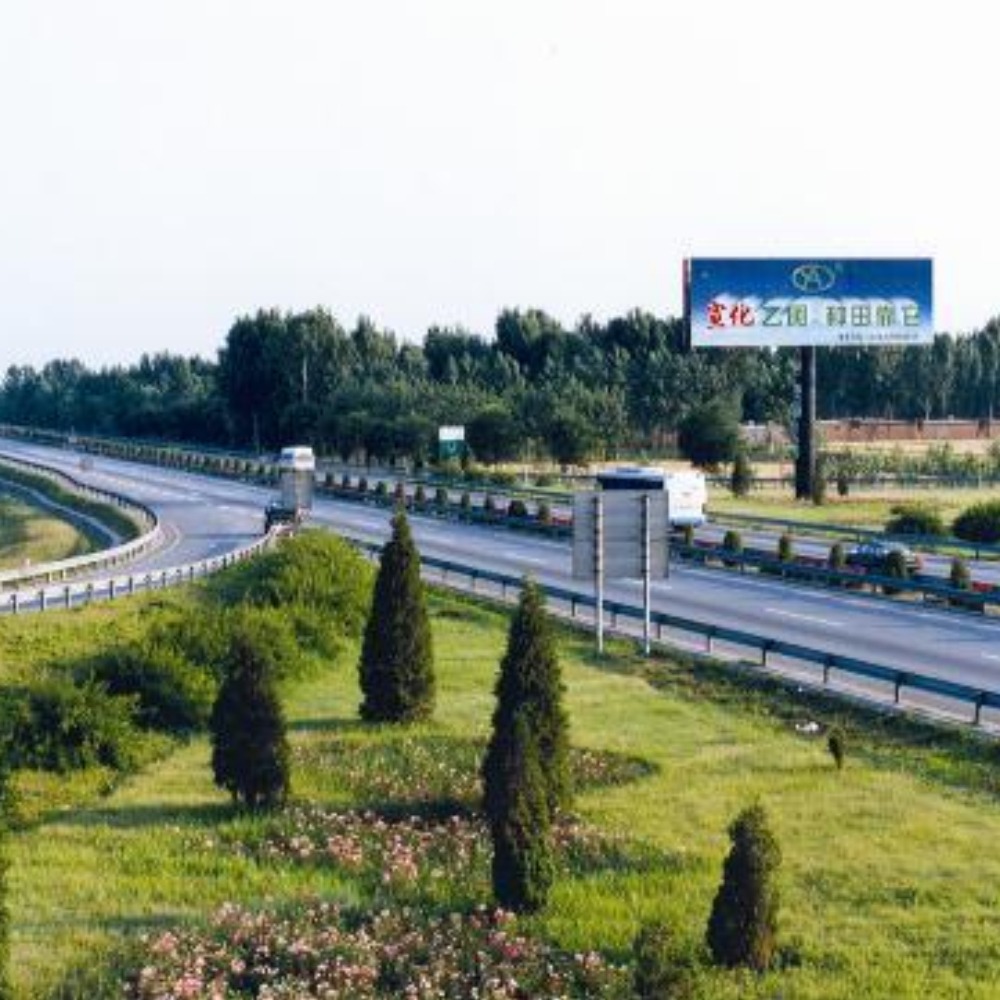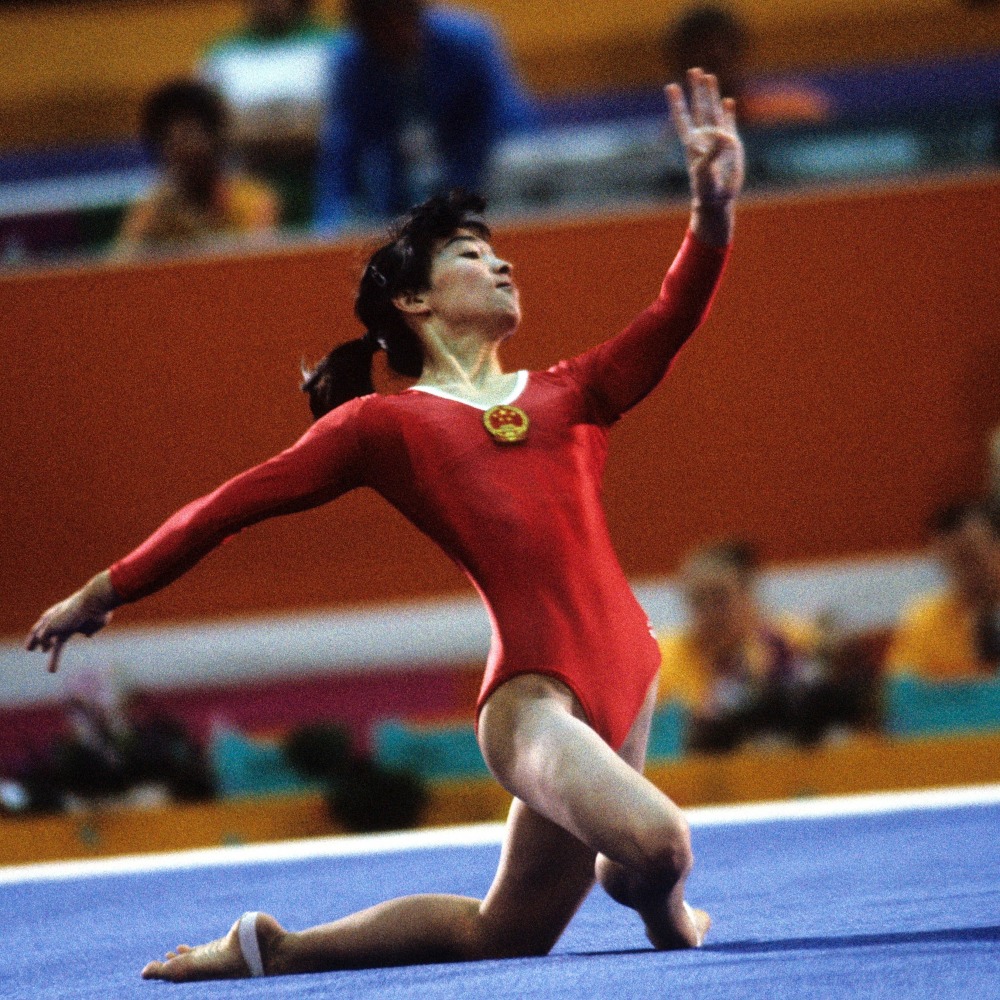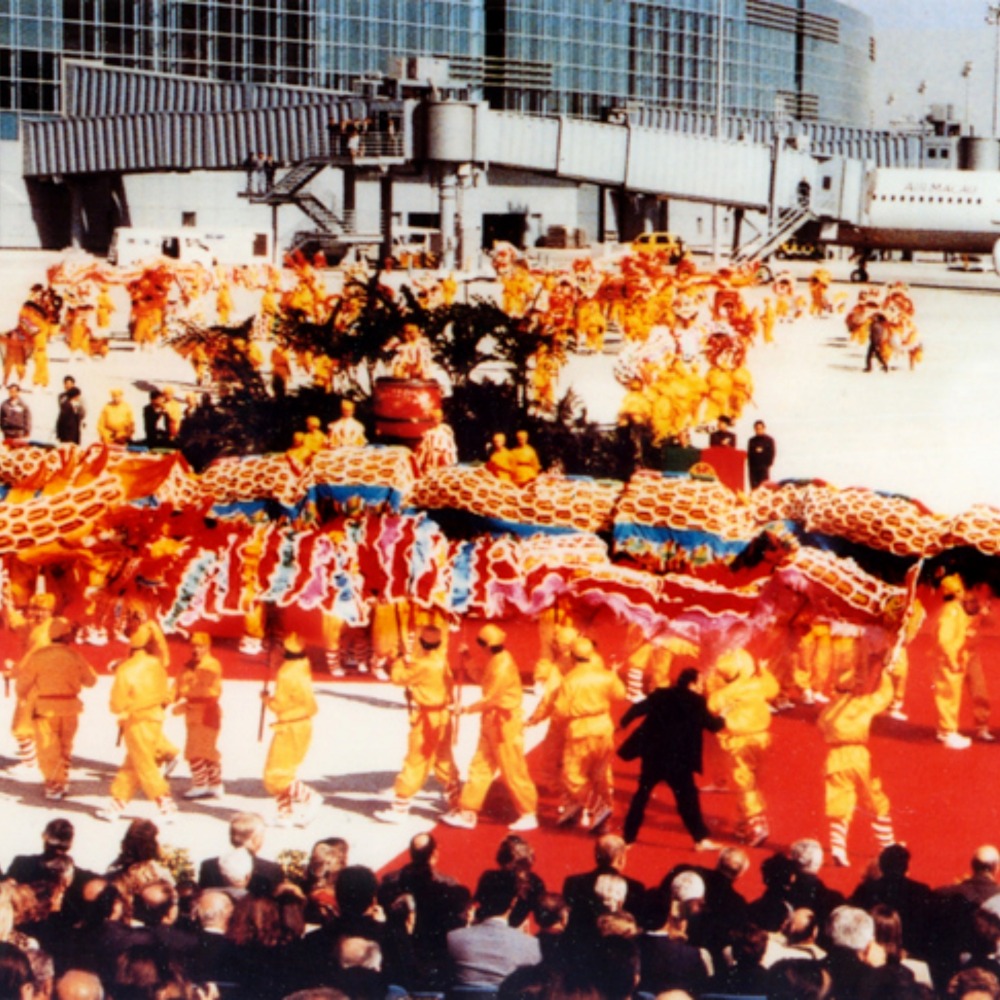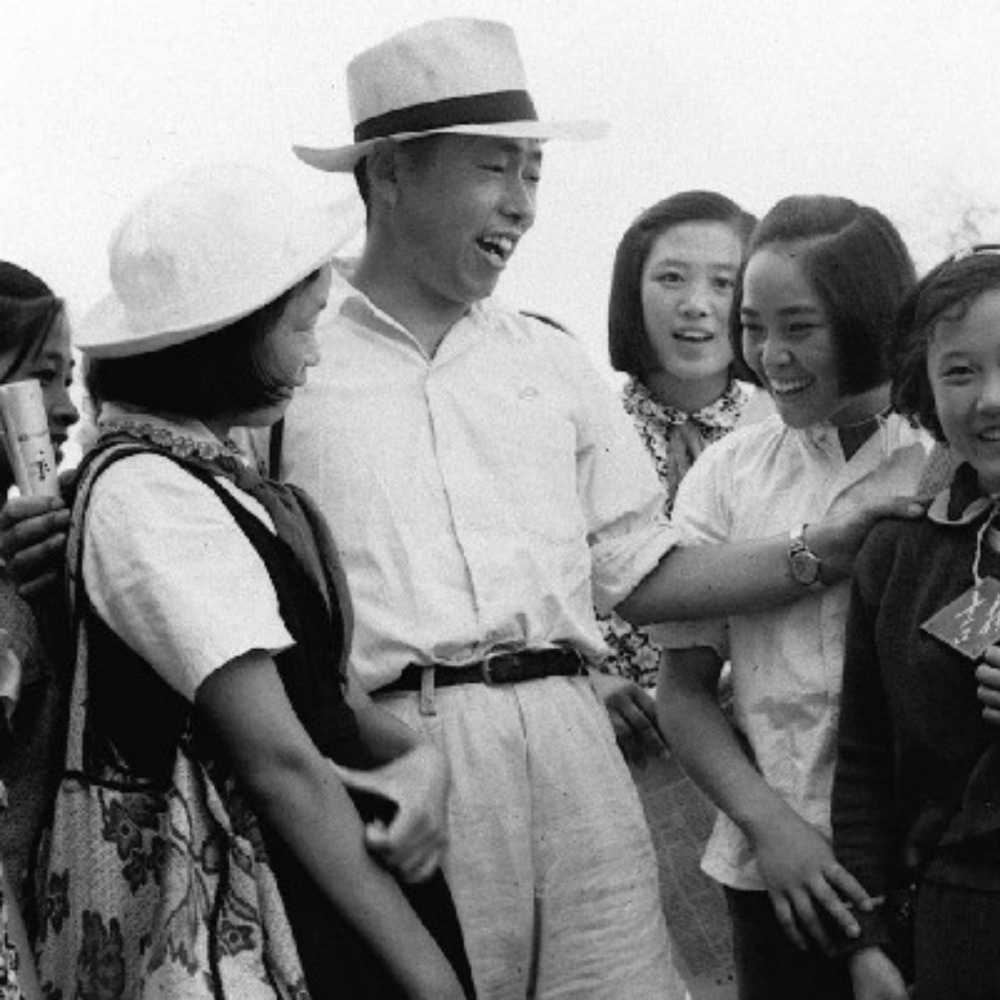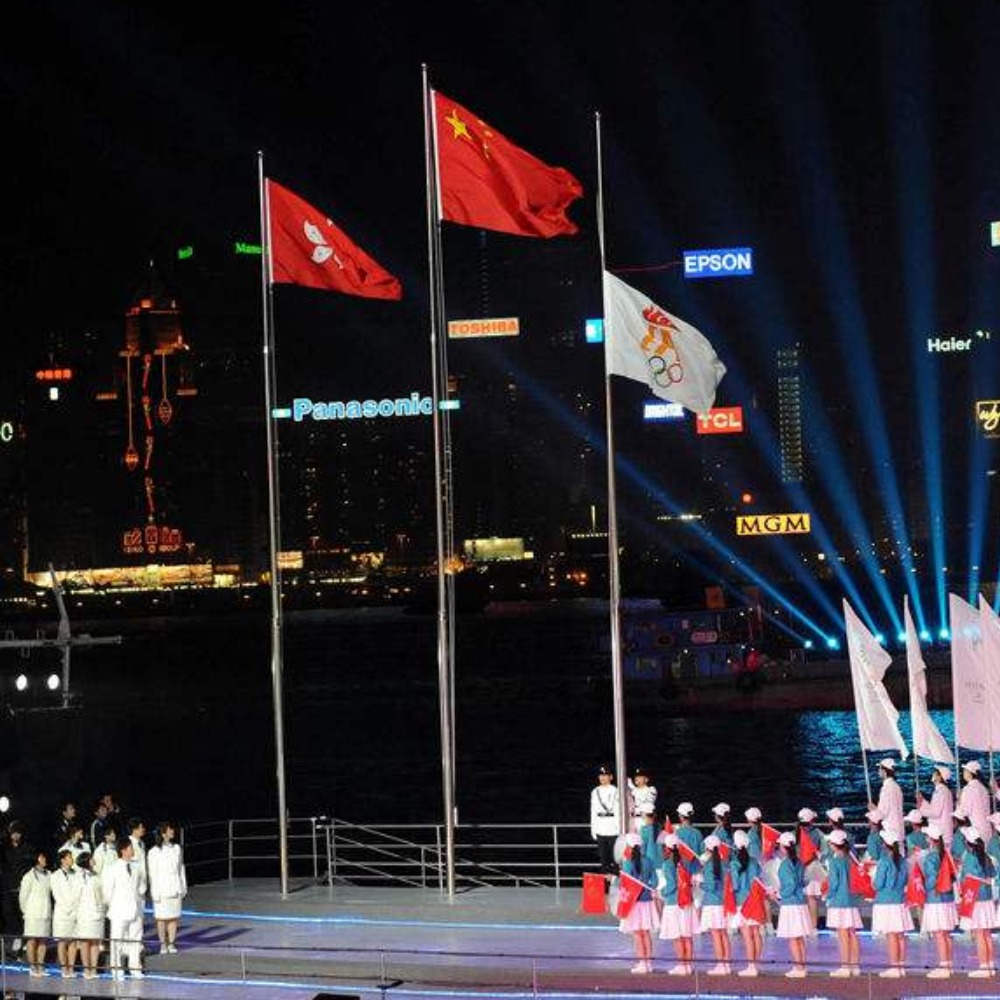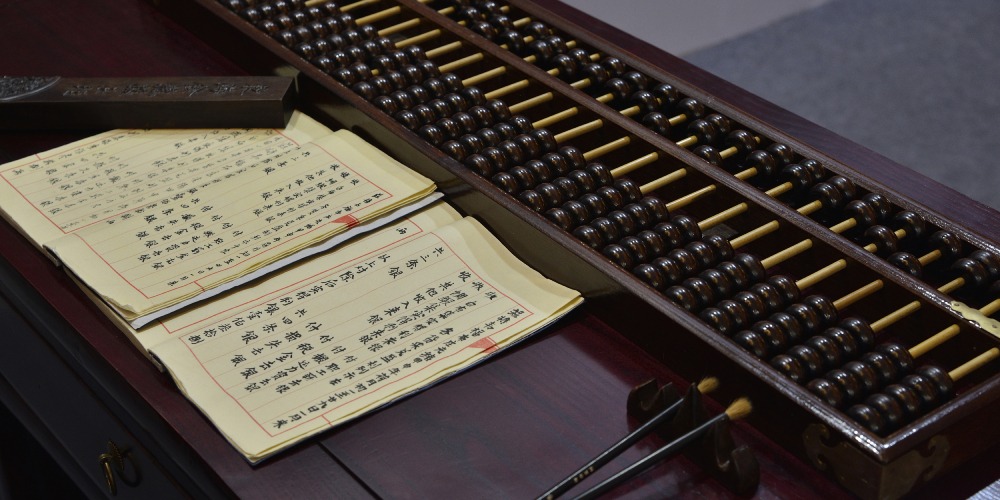Published : 2025-05-12
On May 12, 1958, China's first "Dongfeng" brand domestically produced sedan was manufactured at the Changchun First Automobile Works (abbreviated as FAW).
This car was the predecessor of the Hongqi sedan and had the model number CA71. The production of the "Dongfeng" brand domestic sedan marked a new breakthrough in China's automotive industry technology, reaching a new milestone.
In the early years after the founding of the People's Republic of China, the automotive industry was underdeveloped, and the country did not have the capability to produce automobiles independently. In December 1949, Mao Zedong(毛澤東) visited the Soviet Union and toured the Stalin Automobile Factory. When he saw cars rolling off the production line, he told his entourage, "We should also have such a factory." As a result, the construction of FAW was included in the first Five-Year Plan of the new China as one of the "156 projects."
In late June 1953, with the imminent commencement of FAW, Mao Zedong wrote the inscription "Foundation Laying for the First Automobile Works" in eleven characters. On July 15, the foundation was laid for the First Automobile Works, and the Hanbaiyu cornerstone inscribed with "Foundation Laying for the First Automobile Works" took root in Changchun. After three years of relentless efforts following the completion of FAW, the first automobile of New China, the "Jiefang" brand CA10, was finally born on July 13, 1956, rewriting the history of Chinese people being unable to produce automobiles independently.
After the mass production of "Jiefang" cars, producing sedans became the new goal of FAW. At that time, FAW primarily had a complete setup for truck production, and starting sedan production meant beginning from scratch. In the so-called "four lacks" situation—no information, no experience, no tools, and no equipment—then FAW director Rao Bin(饒斌) led a small number of technical personnel and a large group of workers, most of whom had never even seen a sedan before, to work tirelessly in the workshop, determined to create a domestically produced sedan.
The FAW team then took inspiration from some foreign prototype cars and made bold designs for the body of the domestic sedan.
First, considering that the dragon is a symbol of China, they designed the car's front emblem as a golden dragon, with the dragon's body plated in 24K pure gold; secondly, the side of the car body was inlaid with the words "First Automobile Works" written by Mao Zedong; additionally, the design of the rear tail lights was modeled after the red silk lanterns used in ancient Chinese court palaces, commonly known as "palace lanterns." These designs showcased the characteristics of the Chinese nation and distinguished the domestic car from foreign cars.
Due to the weak foundational conditions in China for manufacturing sedans at that time, FAW referenced different components from foreign cars; the chassis was based on the basic structure of the French "Simca Vedette" car, the engine referenced the German "Mercedes-Benz 190" model, adopting a four-cylinder OHV design, and it was equipped with a domestically developed three-speed mechanical transmission, had a maximum power output of 52 kilowatts, a combined fuel consumption of 10 liters per 100 kilometres, and a top speed of 128 kilometres per hour. After three months of intensive construction, the first domestically produced sedan, Dongfeng CA71, successfully rolled off the production line and out of the workshop on May 12, 1958.
After the production of the first "Dongfeng" brand domestically produced sedan, FAW successfully manufactured China's first "Hongqi" brand sedan. At that time, to present a gift for the tenth anniversary of the founding of New China, FAW sent 33 sedans and 2 convertible review cars to Beijing. The moment when domestically produced "Hongqi" cars drove through the streets of the capital became an unforgettable memory for the Chinese people.
